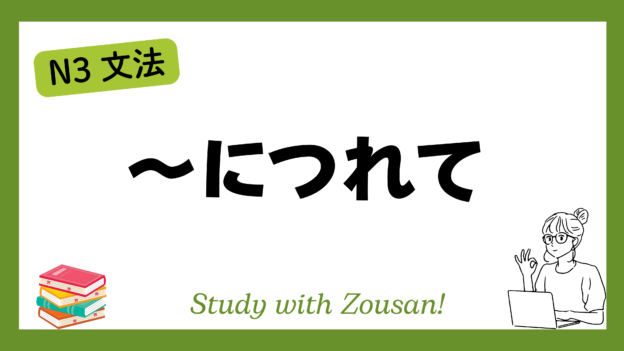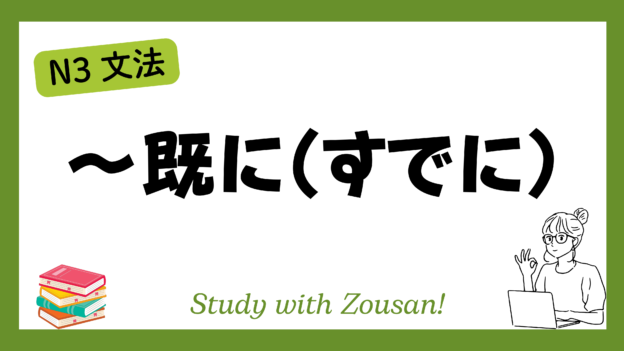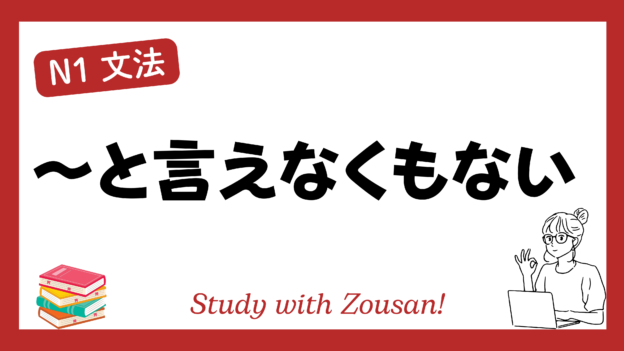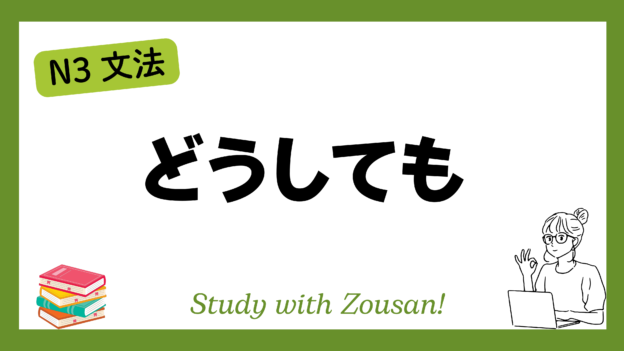N3文法:~ことは~が
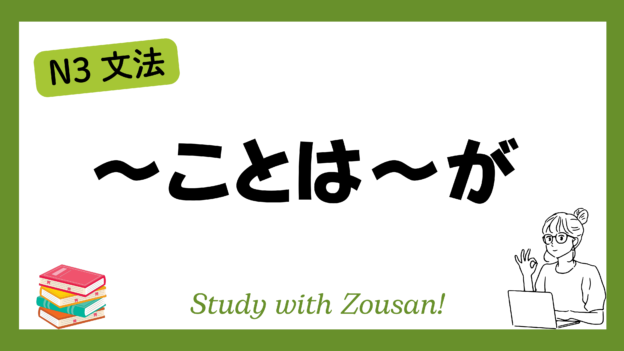
2024.10.11
Meaning: “It’s true that…, but…”
This structure is used to convey that although one fact or characteristic is true, there is still a conflicting or limiting condition. Typically, “ことは” emphasizes the acknowledged fact, while “が” introduces a contrasting viewpoint or downplays the first part.
※Note: This structure is often used to show limited acknowledgment followed by a condition, opinion, or factor that reduces the emphasis on the initial statement.
Structure:
| Verb (casual) | + ことは | same verb | + が |
| な-adj. + な | same な-adj. | ||
| い-adj. | same い-adj. |
Example:
-
-
-
🌟 美味しいことは美味しいが、量が少ない。
(おいしい こと は おいしい が、りょう が すくない)
It’s true that it’s delicious, but the portion is small. -
🌟 便利なことは便利だが、値段が高い。
(べんり な こと は べんり だ が、ねだん が たかい)
It’s true that it’s convenient, but it’s expensive. -
🌟 彼は優しいことは優しいが、少し頼りない。
(かれ は やさしい こと は やさしい が、すこし たよりない)
He is kind, but a bit unreliable. -
🌟 分かることは分かるが、説明するのは難しい。
(わかる こと は わかる が、せつめい する の は むずかしい)
I understand, but it’s hard to explain. -
🌟 行くことは行くが、あまり乗り気じゃない。
(いく こと は いく が、あまり のりき じゃない)
I’ll go, but I’m not really enthusiastic about it. -
🌟 できることはできるが、自信がない。
(できる こと は できる が、じしん が ない)
I can do it, but I’m not confident. -
🌟 勉強することはするが、あまり進んでいない。
(べんきょう する こと は する が、あまり すすんで いない)
I’m studying, but I haven’t made much progress. -
🌟 便利なことは便利だが、使い方が難しい。
(べんり な こと は べんり だ が、つかいかた が むずかしい)
It’s convenient, but it’s difficult to use. -
🌟 行きたいことは行きたいが、お金が足りない。
(いきたい こと は いきたい が、おかね が たりない)
I want to go, but I don’t have enough money. -
🌟 楽しいことは楽しいが、ちょっと疲れる。
(たのしい こと は たのしい が、ちょっと つかれる)
It’s fun, but a little tiring.
-
-





